It is the fourth day of the 2015 Ars Electronica Festival and thus the festival is unfortunately already almost over. Just one more a day and then we have to wait another year for the next Ars Electronica Festival. Today numerous visitors once again took the opportunity to look around in the PostCity, this year’s central festival location. But today not only in the PostCity were a lot of things going on, also at the Ars Electronica Center, the OK Center of Contemporary Art, the Central and the Art University Linz was much to discover. But see for yourself – the fourth day of the 2015 Ars Electronica Festival in pictures:
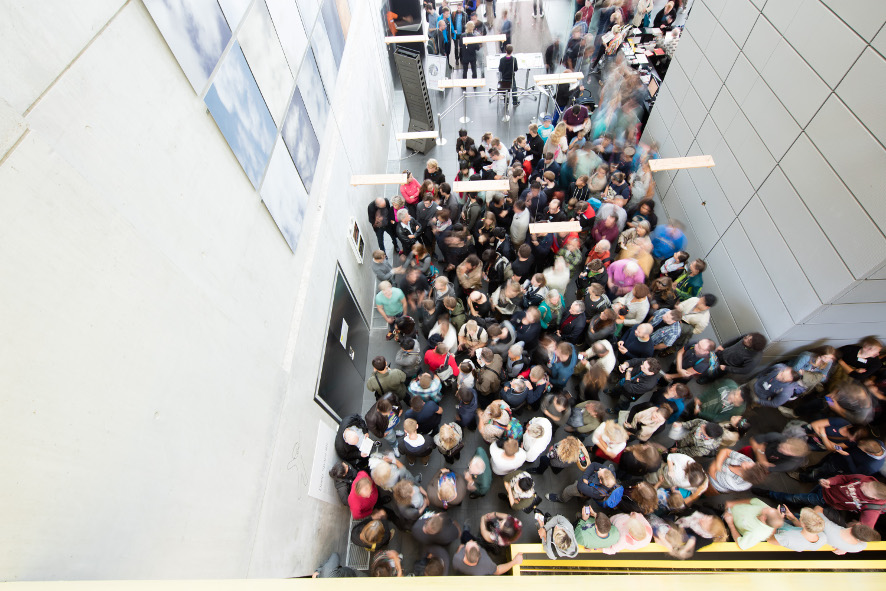
Credit: Florian Voggeneder
Already at 10AM the first visitors flocked to the Ars Electronica Center and the new Deep Space 8K. With its stunning picture resolution in 8K this room is unique in Europe.
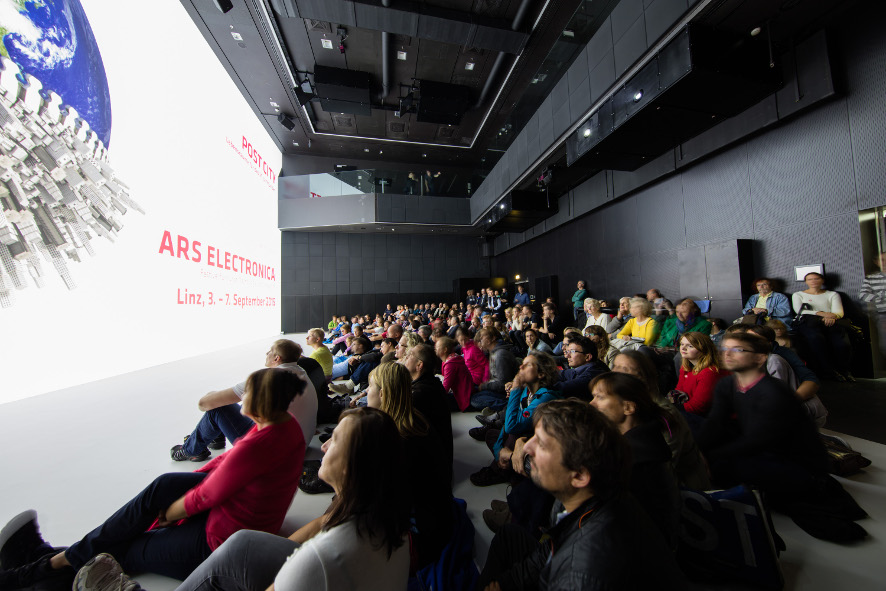
Credit: tom mesic
In the new exhibition “Elements of Art and Science“ in the Ars Electronica Center, Nick Ervinck shows with his 3–D printed models how to combine art and science.
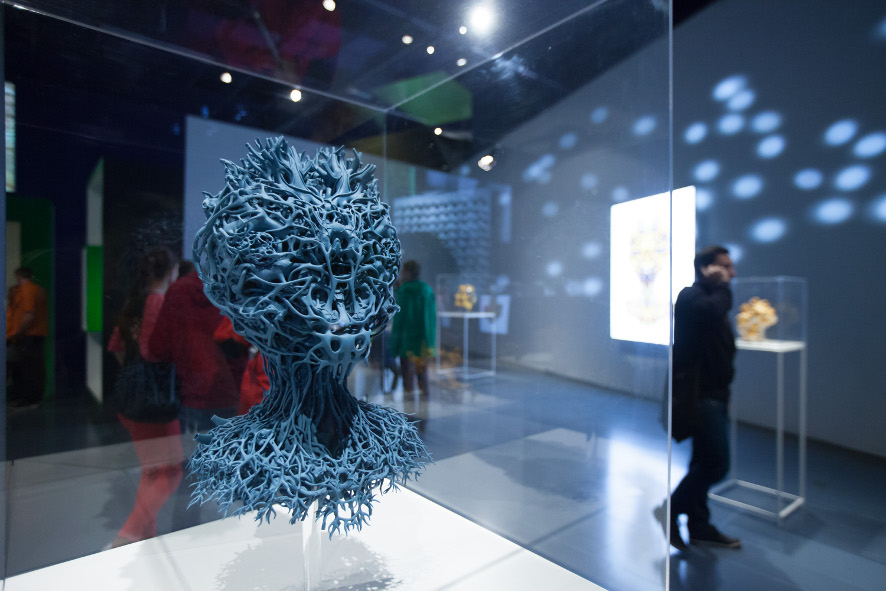
Credit: Florian Voggeneder
Another new exhibition at the Ars Electronica Center is “Spaceship Earth“. Satellites which actually track geographic, atmospheric and geological changes of the earth from outer space provide wonderful images of our planet, which are presented by the European Space Agency (ESA).

Credit: Martin Hieslmair
Today also at the PostCity things really take off. Many people took advantage of their day off and came to the former postal and parcel distribution center next to the train station of Linz.

Credit: tom mesic
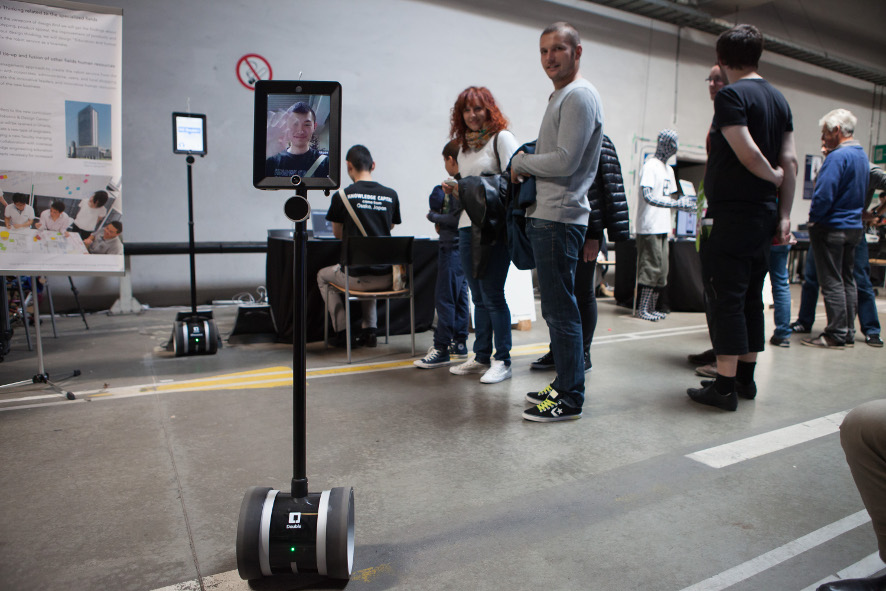
Credit: Florian Voggeneder
In the Post City Kit Exhibition, visitors marveled numerous prototypes and project presentations of possible lines of development towards the urban habitats for the upcoming human generations. A focal point is the exhibits on the topic Future Mobility was the self-driving research vehicle F 015 Luxury in Motion by Mercedes-Benz as a particularly fascinating showpiece.

Credit: tom mesic
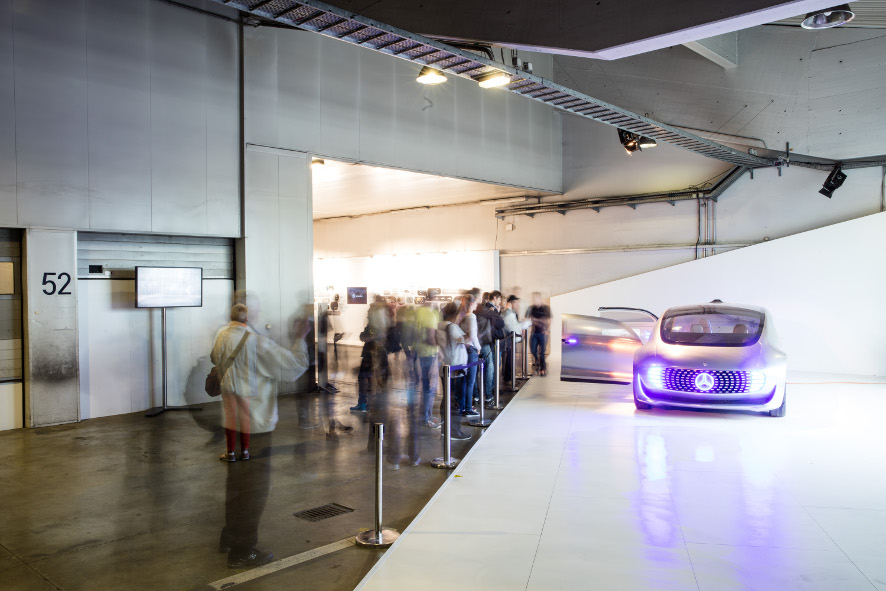
Credit: tom mesic
But of course you can’t only think about mobility when we talk about the habitat of the 21st century. We also have to ask for example, how we should deal with increasing pollution in the future? This question also ask this year’s winners of the [next idea] voestalpine art and technology grant with their project SOYA C(O)U(L)TURE. They developed a procedure which takes the liquid waste that’s a byproduct of soya processing and makes useful things out of it: biofuel, foodstuffs and leather-like textiles. To do it, the research team uses various bacteria and cell cultures. All equipment and ingredients that it takes for such a procedure, are available and inexpensive commercially. At the 2015 Ars Electronica Festival they showed their project in a show kitchen.
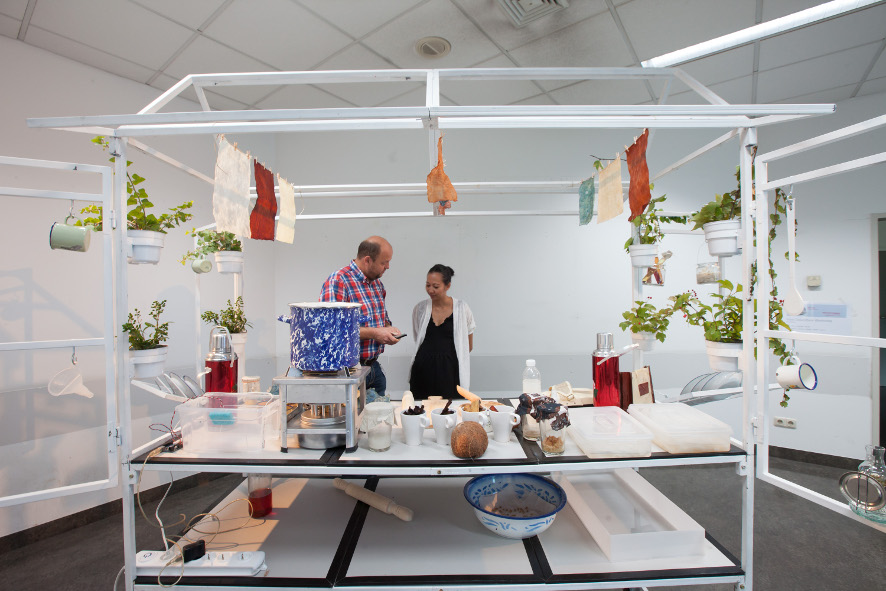
Credit: Florian Voggeneder
SOYA C(O)U(L)TURE is not the only project that deals with our environment. Also “A tree tweets. A tree Reacts.” creates the image of a possible future relationship between humans and trees. The Installaton shows how trees perceive human emotions and be able to react on it acousticly by measuring the heartbeat of the visitors.

Credit: Florian Voggeneder
Also Children and young people aren’t in short supply at the 2015 Ars Electronica Festival. The u19 – CREATE YOUR WORLD Festival is the festival for all young visitors of the Ars Electronica Festival.
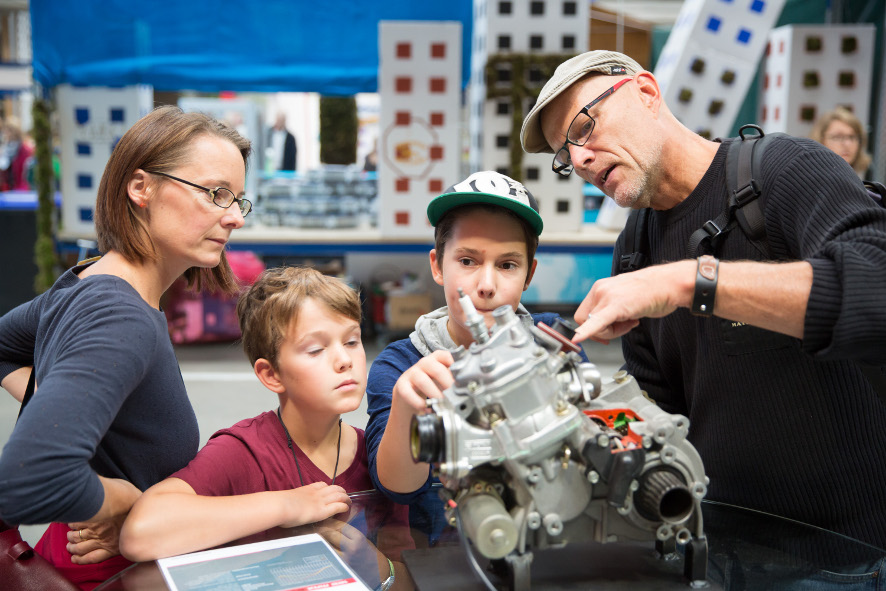
Credit: tom mesic
u19 – CREATE YOUR WORLD is a separate category for young creative minds at the Prix Ars Electronica. For the 2015 Ars Electronica Festival we selected the best 15 social, technological and scientific projects and ideas from all submitted works and present them in the u19 Exhibition. In addition to the U19–winning projects of the Prix Ars Electronica u19 – CREATE YOUR WORLD shows this year a selection of particularly impressive, exciting, creative and technically skilled works.
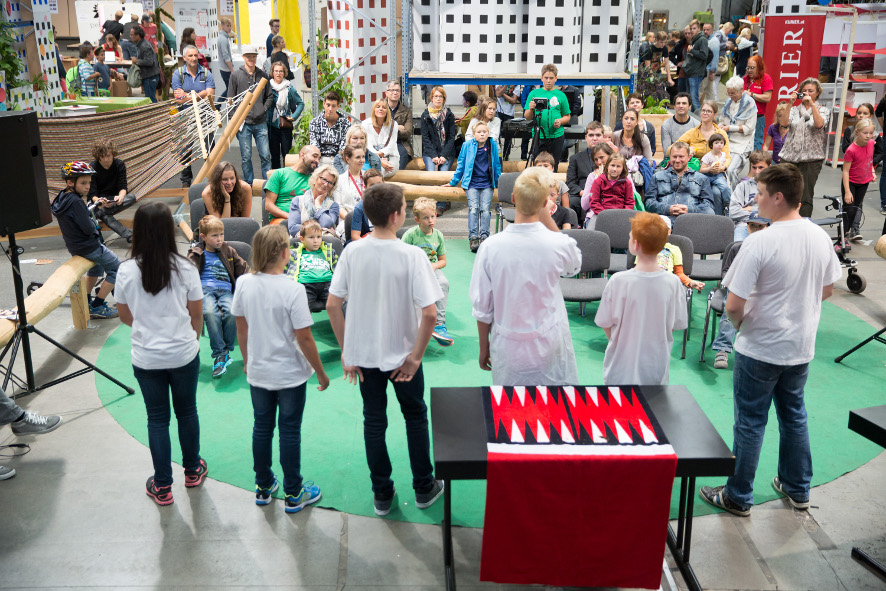
Credit: tom mesic
In the u19 Table Talks, this year’s discussion and symposium format of u19 – CREATE YOUR WORLD, young visitors told us in a leisurely meal of their latest ideas, stories and projects.
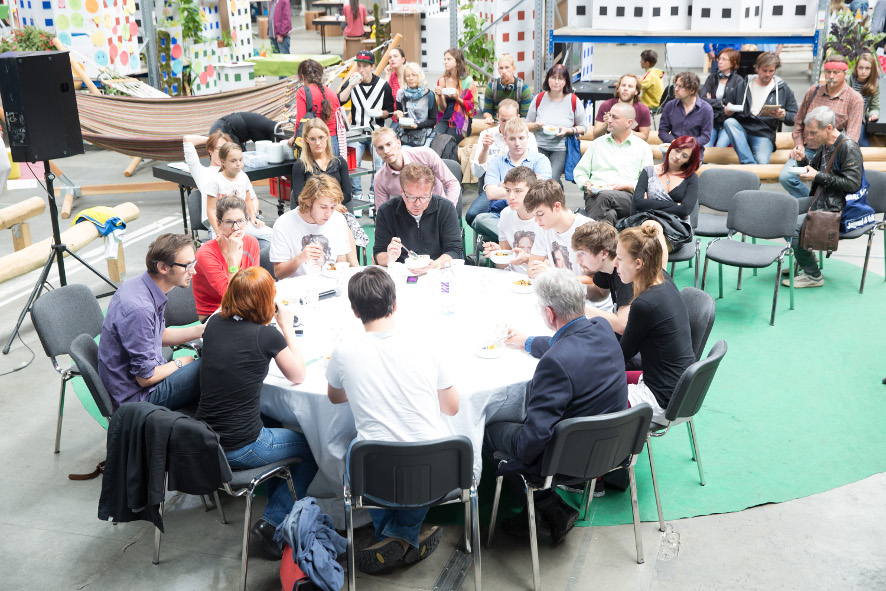
Credit: tom mesic
“Change perspective – Put yourself in the position of a wheelchair user” is the invitation of City Movements, a co-operation with the FAB. When developing urban habitats of the future, it is important to also think about the inclusion and participation of all. Then also people with disabilities can contribute in many ways to the city life with their expertise. The participants of the “Virtual Office” took over the festival visitors with a wheelchair parcours and on guided tours to the station district. So the festivalgoers could experience , how important the removal of barriers is to participate in the daily life.
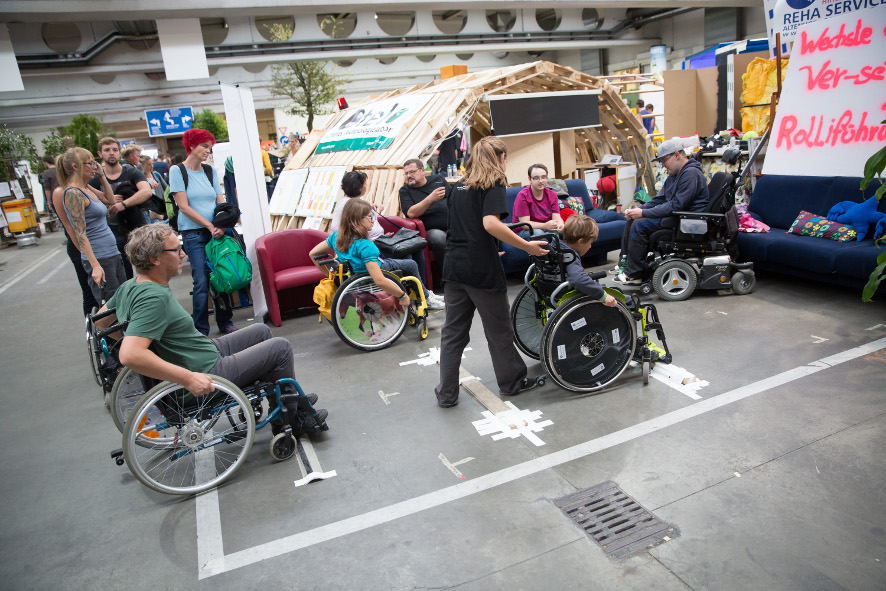
Credit: tom mesic
In the morning today was the third part of the Post City symposium, entitled “Post Public, Post Private“. Carlo Ratti, Geeta Mehta, Kristien Ring and Peter Androsch talked about the change in the public space and privacy – both online and offline. This transformation is far from complete and provides urban planners and architectural designers with a major challenge, because it is the merging of private and public to grasp structurally in urban space.
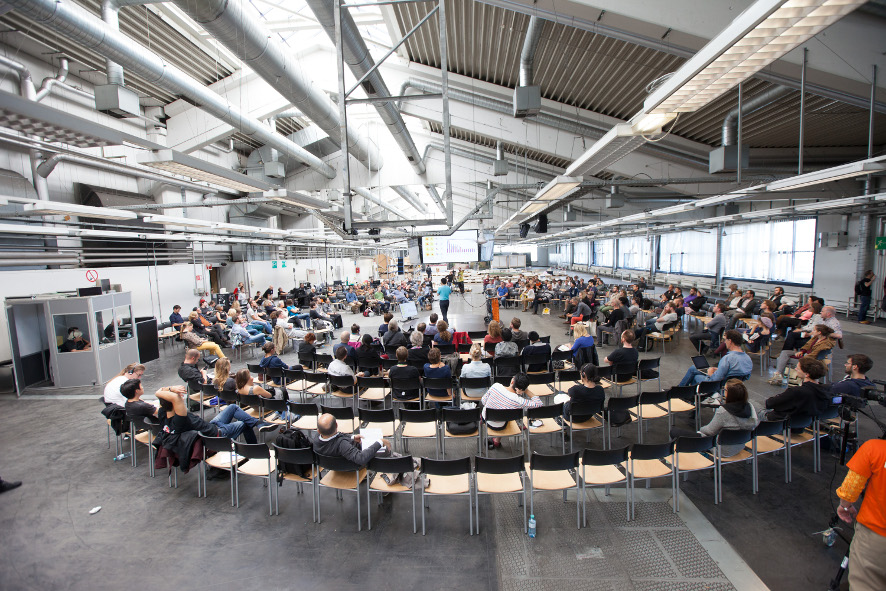
Credit: Florian Voggeneder
About the challenges of the urbanization process in the 21st century discussed in the afternoon the speakers of the Habitat 21 Symposium, Michael Badics, Hans Reitz, Klaus Dieterstorfer, Lei Yang, Ian Banerjee, Ingrid Fischer–Schreiber, Katya Serova, Katja Schechtner, Dietmar Offenhuber and Roland Krebs.

Credit: Florian Voggeneder
Also this afternoon the participants of the Future Catalyst Program presented the result of their two–day workshop, namely their ideas, strategies, tools and prototypes for the city of tomorrow.
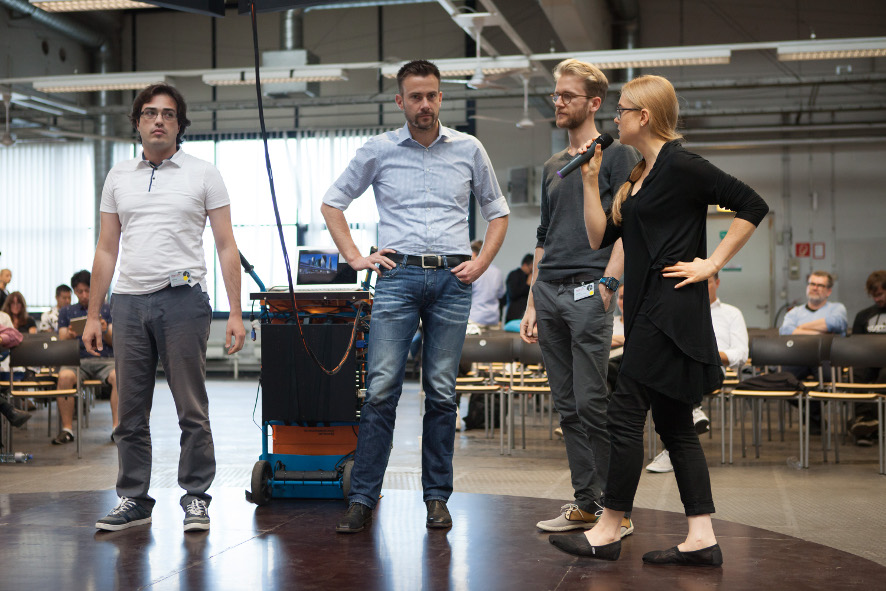
Credit: Florian Voggeneder
At 8 PM the Bruckner Orchestra Linz opened the Big Concert Night, conducted by Dennis Russell Davies – this time not in the Brucknerhaus, but in the former train hall of the PostCity. At 8.40 PM Peter Androsch and Anatol Bogendorfer played one last time the Diaspora Machine with the support of the Children’s and Young People’s Chorus of Landestheater Linz, the Landesmusikschulwerk OÖ, the Anton Bruckner Private University and Hard-Chor Linz. In addition, we were able to eavesdrop trombonist Bertl Mütter and Maki Namekawa on the piano. The Big Concert Night was visualized by Wolfgang Dorninger and Benjamin Obholzer.
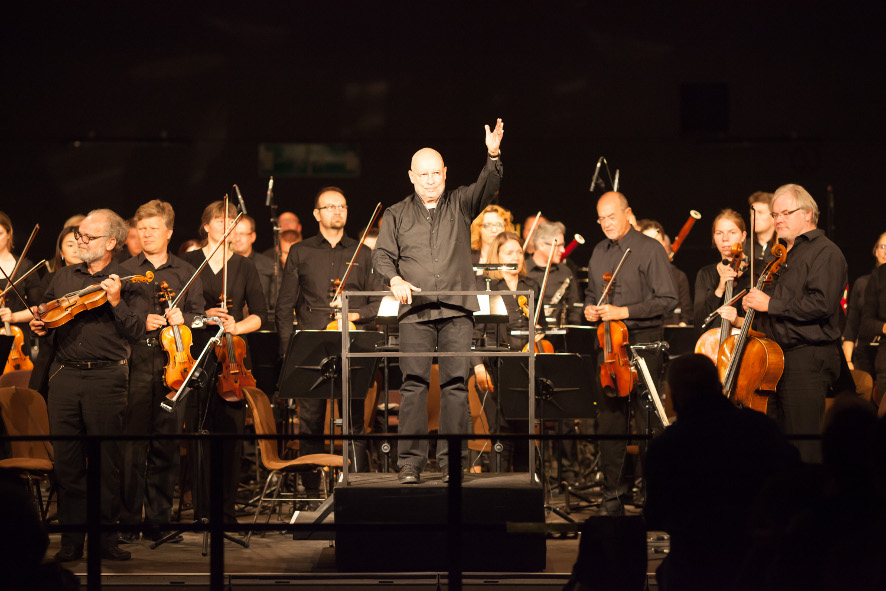
Credit: Florian Voggeneder
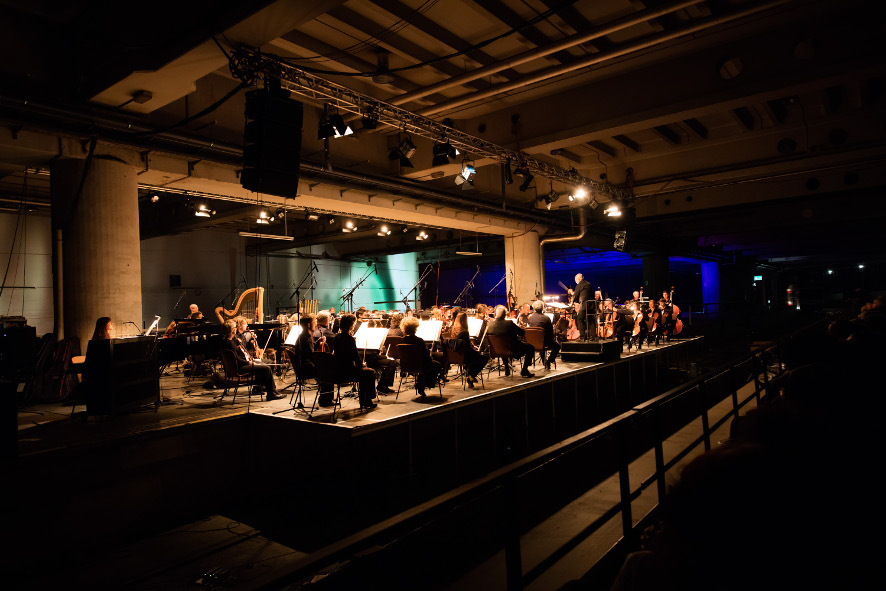
Credit: Florian Voggeneder
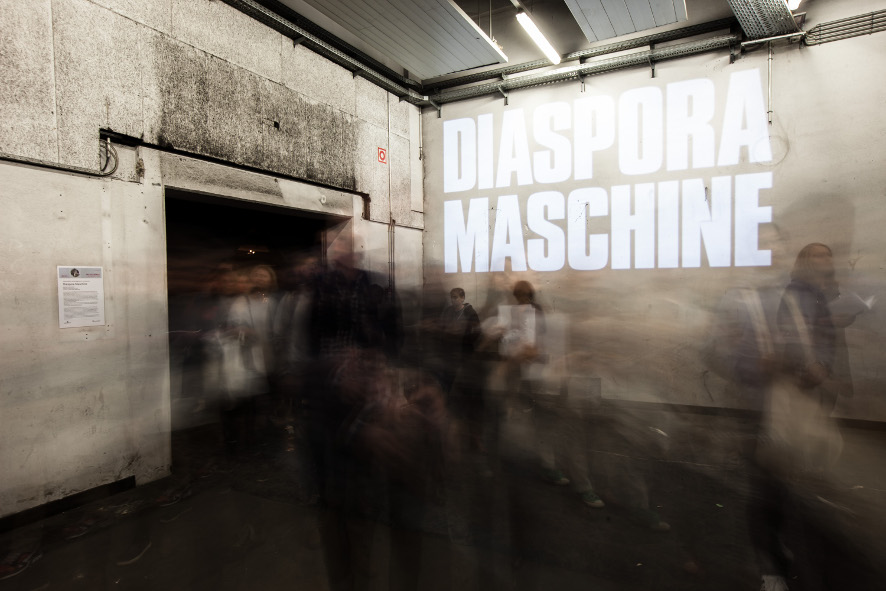
Credit: Florian Voggeneder
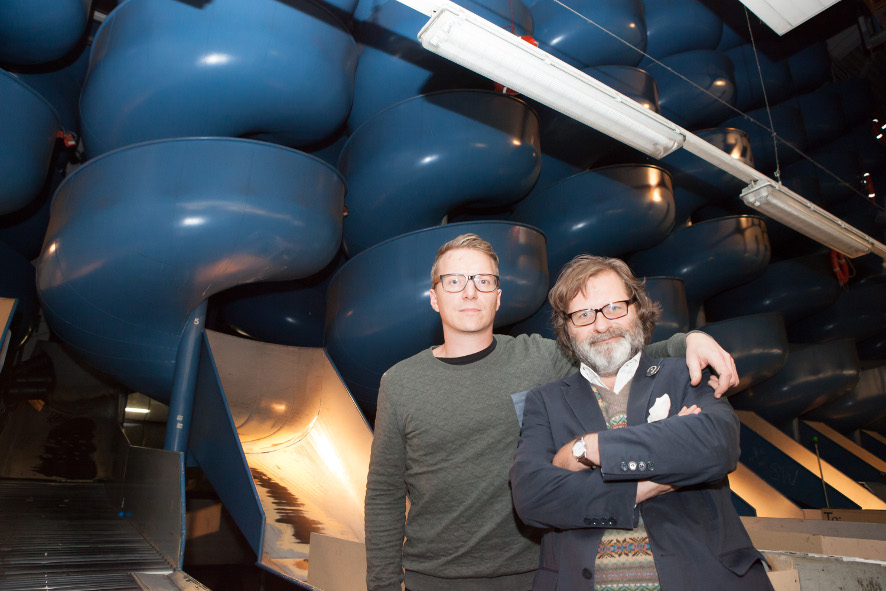
Credit: Florian Voggeneder

Credit: tom mesic
